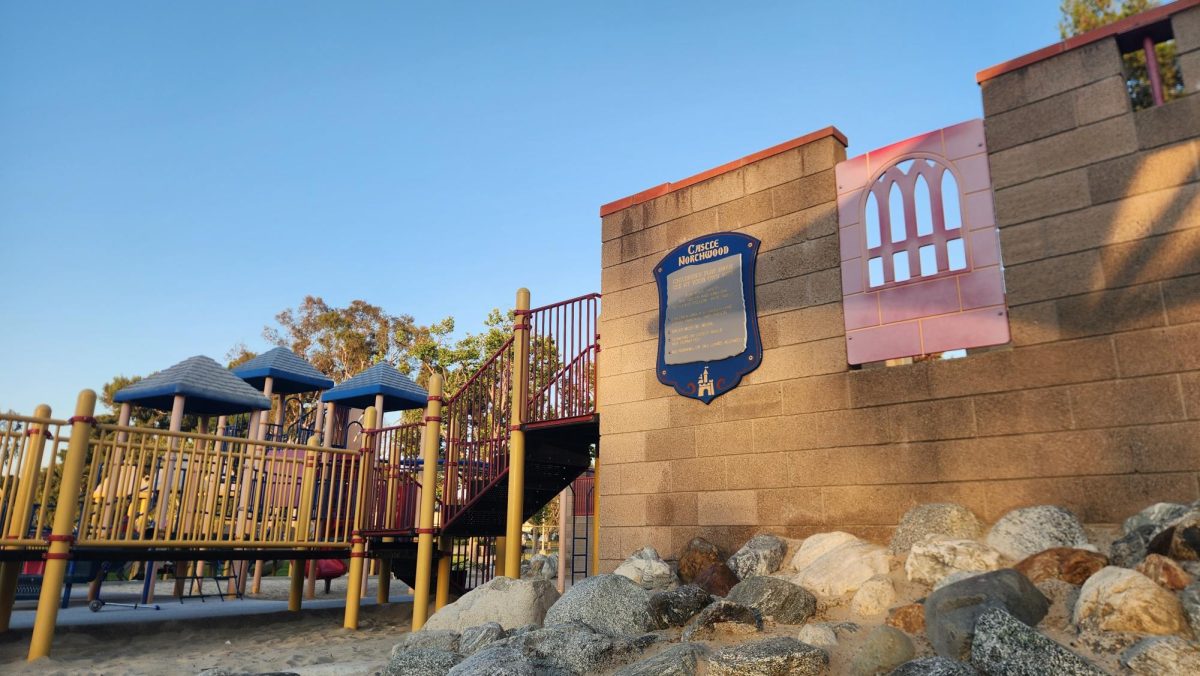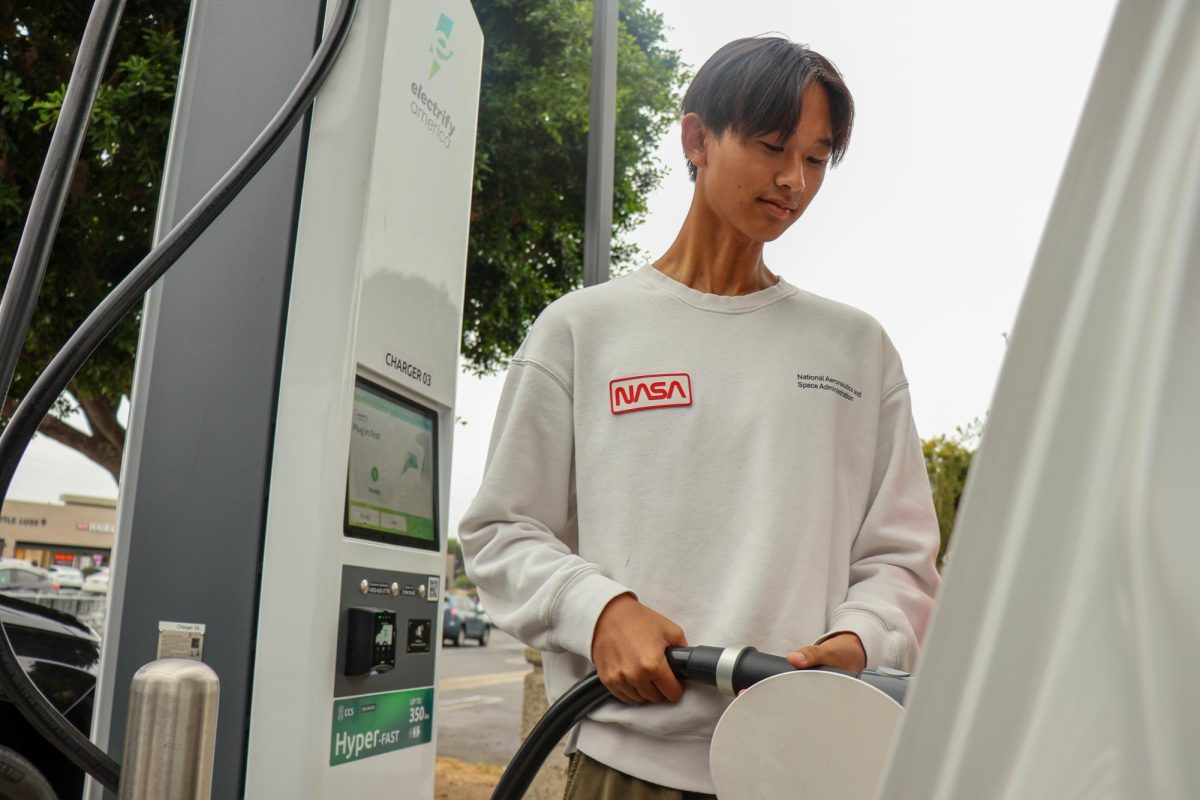The “where’s the nearest gas station” has turned into “where’s the nearest charging station.” Despite Irvine being the fourth largest city in the state for electric vehicle charging stations, none are available where they’re needed most—at our school.
To rectify this, a proposal to install six EV charging stations in front of the Aquatics Centers is up for a vote by the IUSD school board. IUSD needs to approve the proposal to align Northwood with Irvine’s eco-friendly goals and provide much-needed EV charger access for staff and students.
Charging infrastructure has expanded significantly, with over 1,000 public charging stations available across Irvine. High schools such as Portola and Irvine have chargers too.
Through a recent partnership with Southern California Edison, IUSD high schools are making progress in providing equitable access to chargers through electrification proposals that are already being drafted.
The only potential challenge is the cost. If the costs are too high, the project could be canceled. With unclear data from the Portola and Irvine installations, as well as SCE’s retrospective estimations, WattLogic indicates that the cost of most Level 2 charging stations can range from under $1,000 to five times that amount.
Despite potential budget concerns, a program to install EV chargers at schools is more important than it may seem, even though, according to Razo, initiatives like electric buses and food waste management currently take priority. This is because adopting EV chargers is essential for creating greener infrastructure. According to the International Energy Agency, publicly accessible chargers are needed to provide convenience and accessibility comparable to conventional vehicles.
Many are hesitant about electric cars due to their upfront costs—10 to over 40% more than gas-powered cars—and worries about reliability, with Consumer Reports finding that they have 79% more reliability problems than their gasoline counterparts. These are some of the concerns, raising the question of why students want EV chargers in the first place.
The answer lies in long-term savings: in reality, EVs provide fuel efficiency and lower maintenance costs. According to nonprofit climate data research organization Coltura, an American EV driver saves 8.1 cents per mile on fuel compared to a gas car.
The California Energy Commission reports that new zero-emission vehicle sales increased by 1,022% over the past decade. This number will only increase, so why not approve a proposal to support the growing EV student driver population? In fact, that population is larger at Northwood than you might think.
“Charging stations at school could be really useful because it’s so hard to find a charger around Irvine,” junior Bryson Li said. “When I do find them they’re usually broken or full, so it will help out a lot.”
In fact, SCE covers 80% of expenses for an EV charger, so IUSD high schools can afford them.
Costs shouldn’t be a concern either. If IUSD implements a standard charging fee aligned with city-average rates, it will help offset construction costs—especially if the chargers are made available to the public.
Public access wouldn’t affect students’ priority over chargers because most people understand how busy schools are during the day and are more likely to use them after school. This means during the weekend or when the chargers are not utilized, the public will be more inclined to use them, contributing to the growing number of EVs and a greener city.
There’s still work to do, but if the proposal is approved, you no longer have to fear asking about where the nearest charging station is, as there’s a good chance next year it will be right outside your classroom.




















































